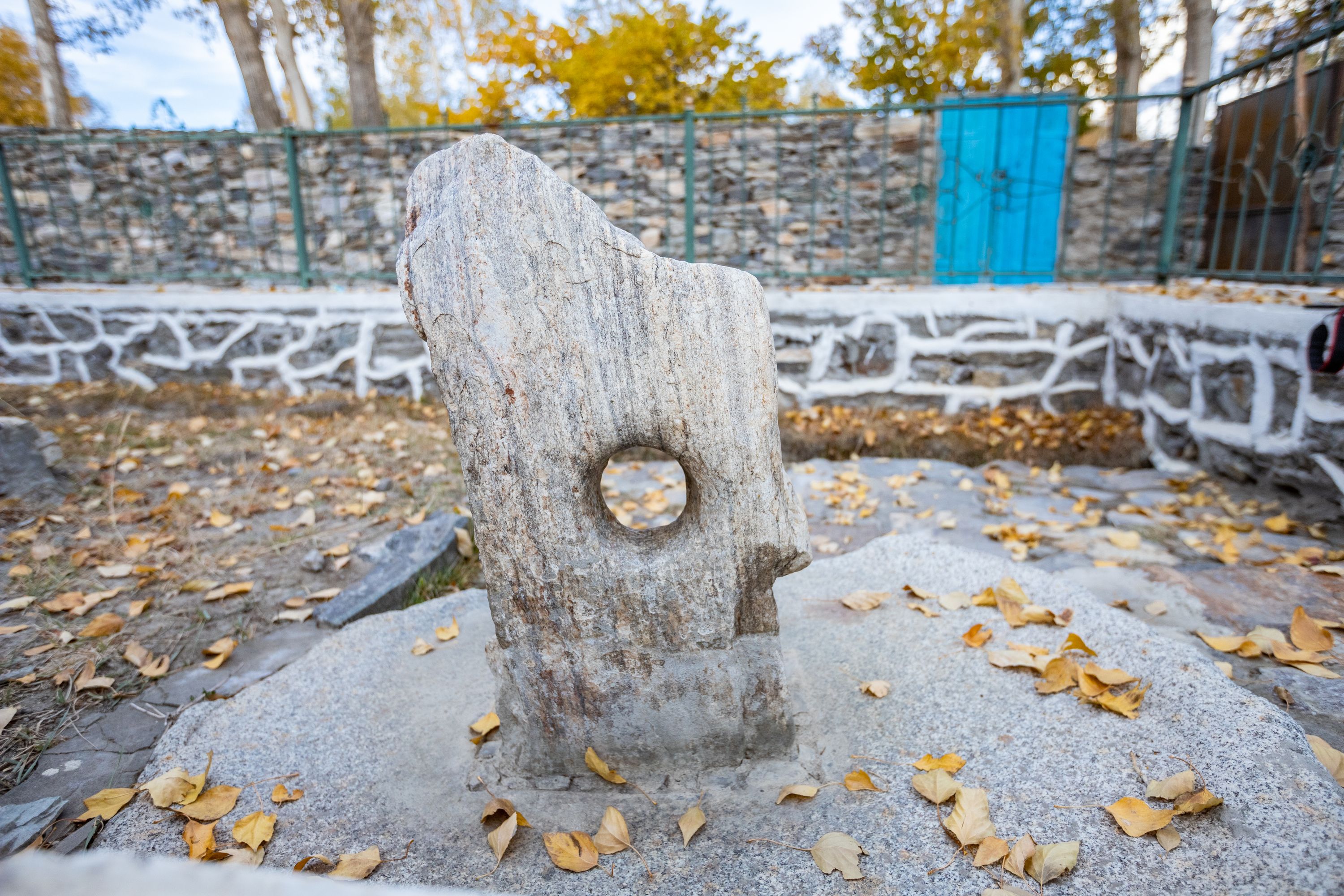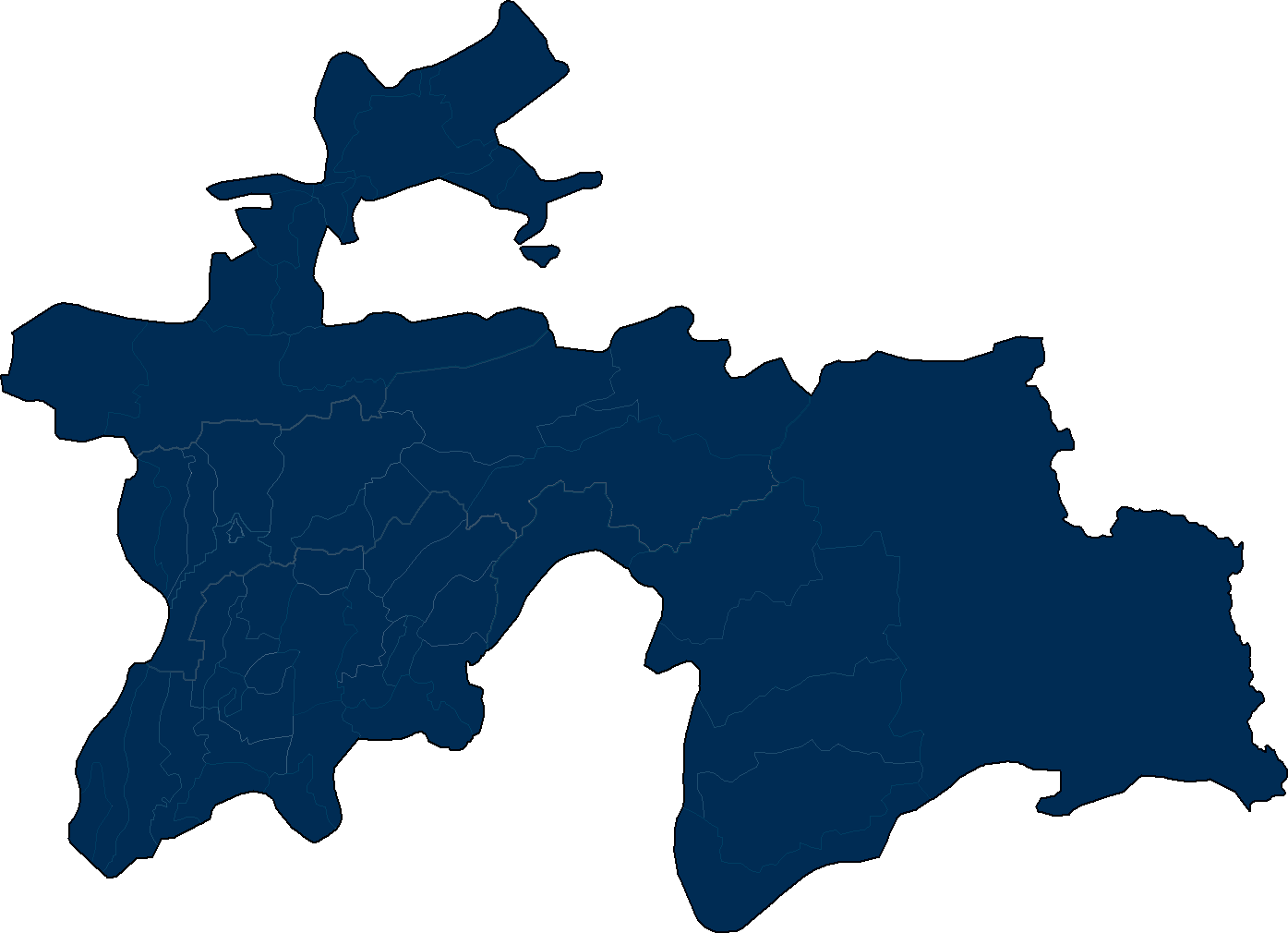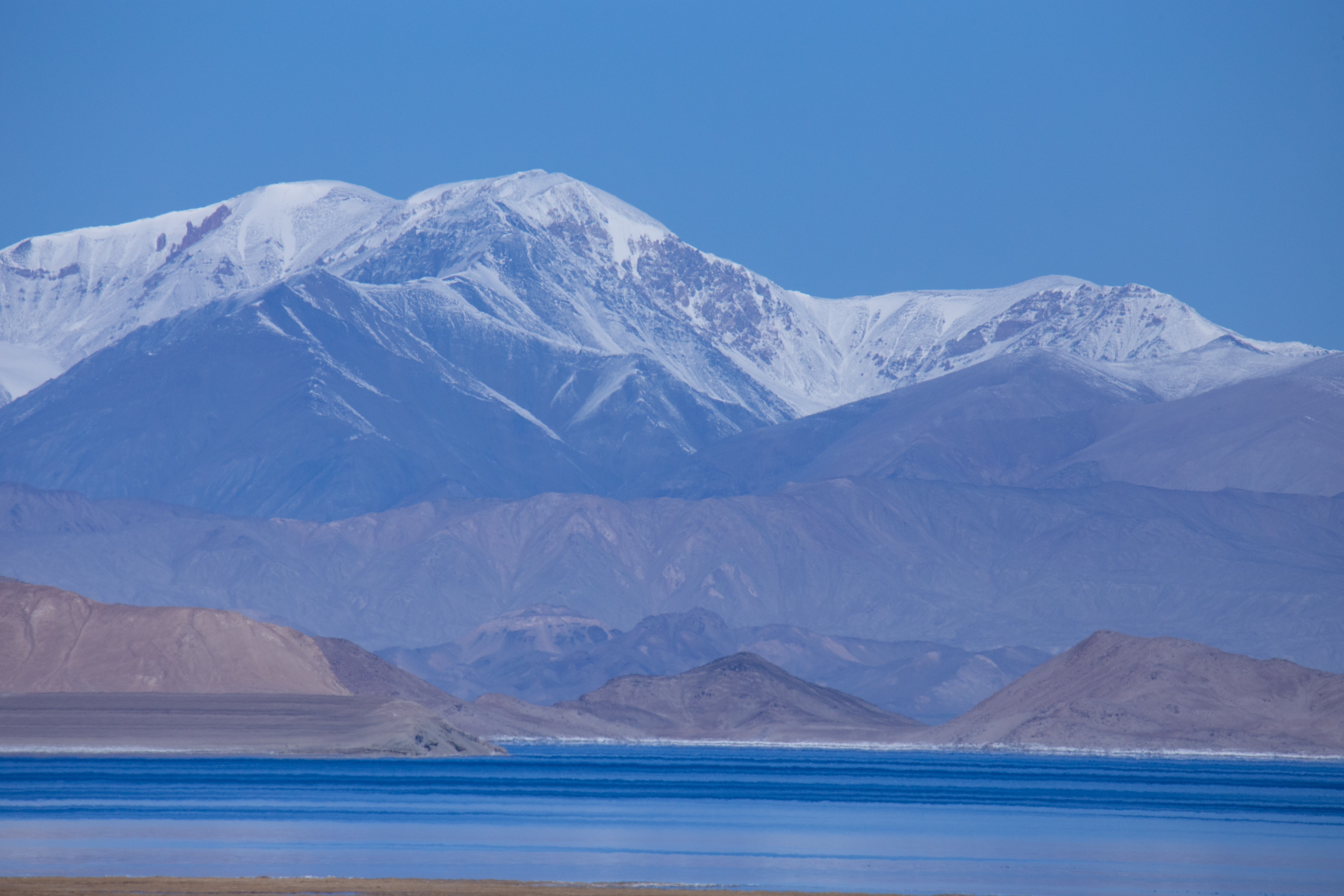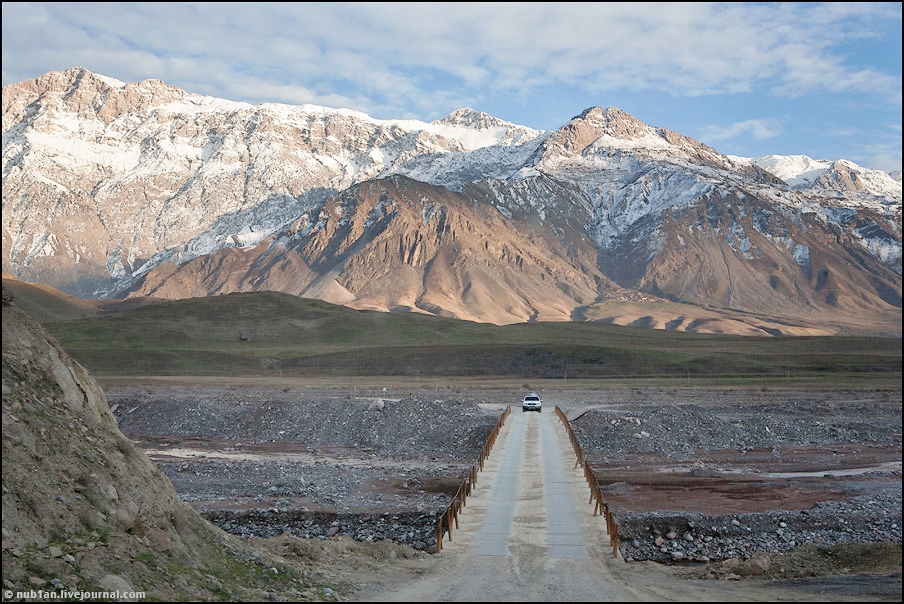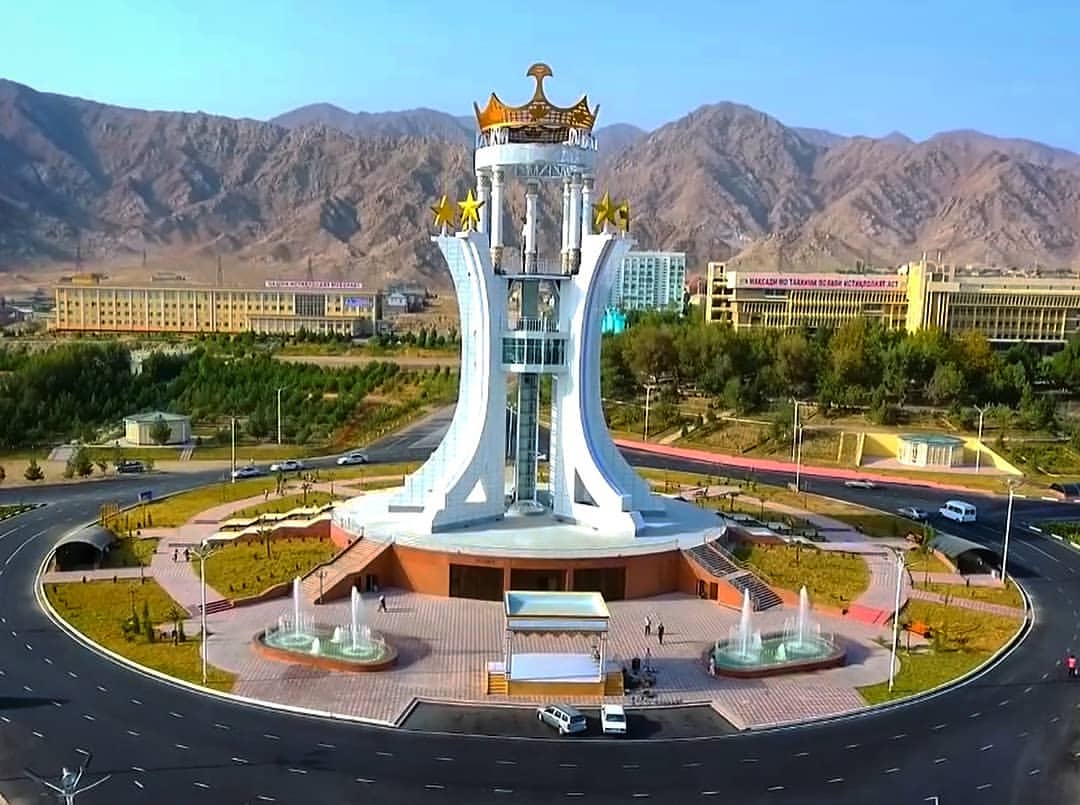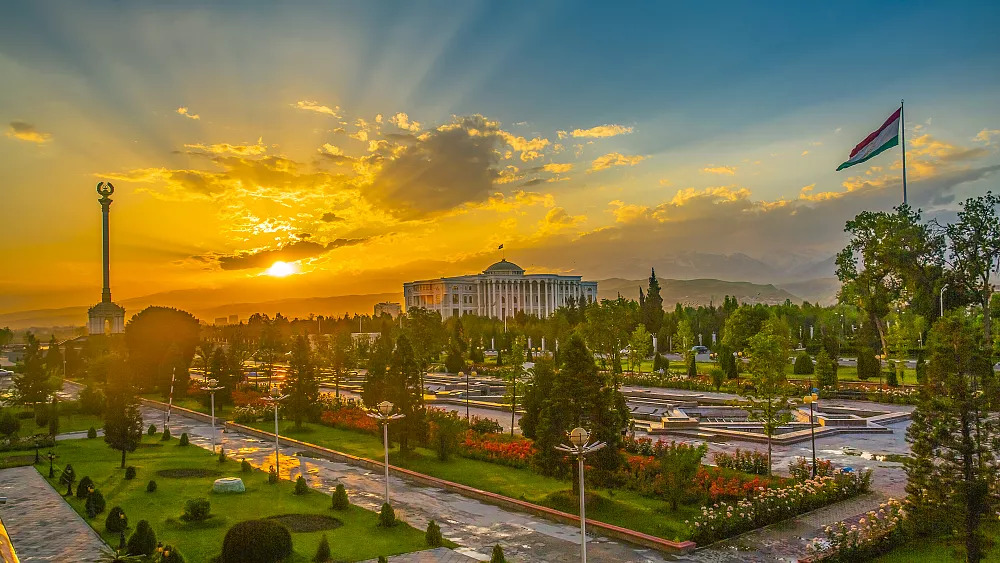Takhti Sangin is perhaps the most famous ancient site in Tajikistan. It is situated 34km far from Qabodiyon district at the confluence of two tributaries of Amudarya (Oxus): the Wakhsh and Panj rivers. Thе origin of the site is traced back to IV century B.C. The total area of this site is 75 hectares. Takhti Sangin is mentioned among the nine sites that Tajikistan had nominated for the list of the World Heritage, developed by the UNESCO.
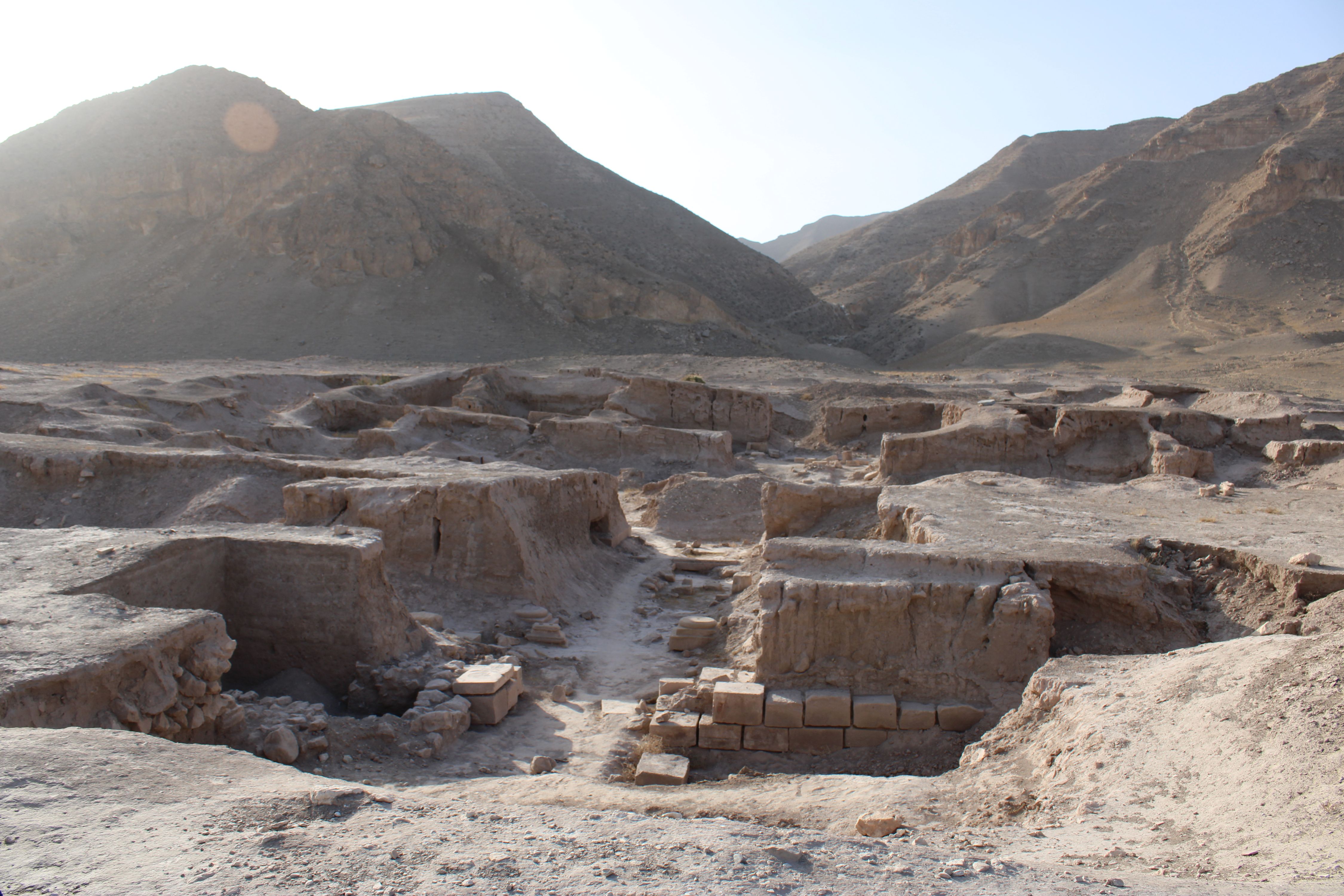
History of the Site
Takhti Sangin was one of the urban sites that had functioned from 4th to 3rd centuries. The architecture of this town was an embodiment of Persian and later Helenistic culture. This ancient city was surrounded by walls and its central street was paved with stone. Two monumental buildings: the Oxus Temple and the large administrative building were functioning as the centre of the worship, and office existed in the centre of the city during the Graeco- Bactrian period.
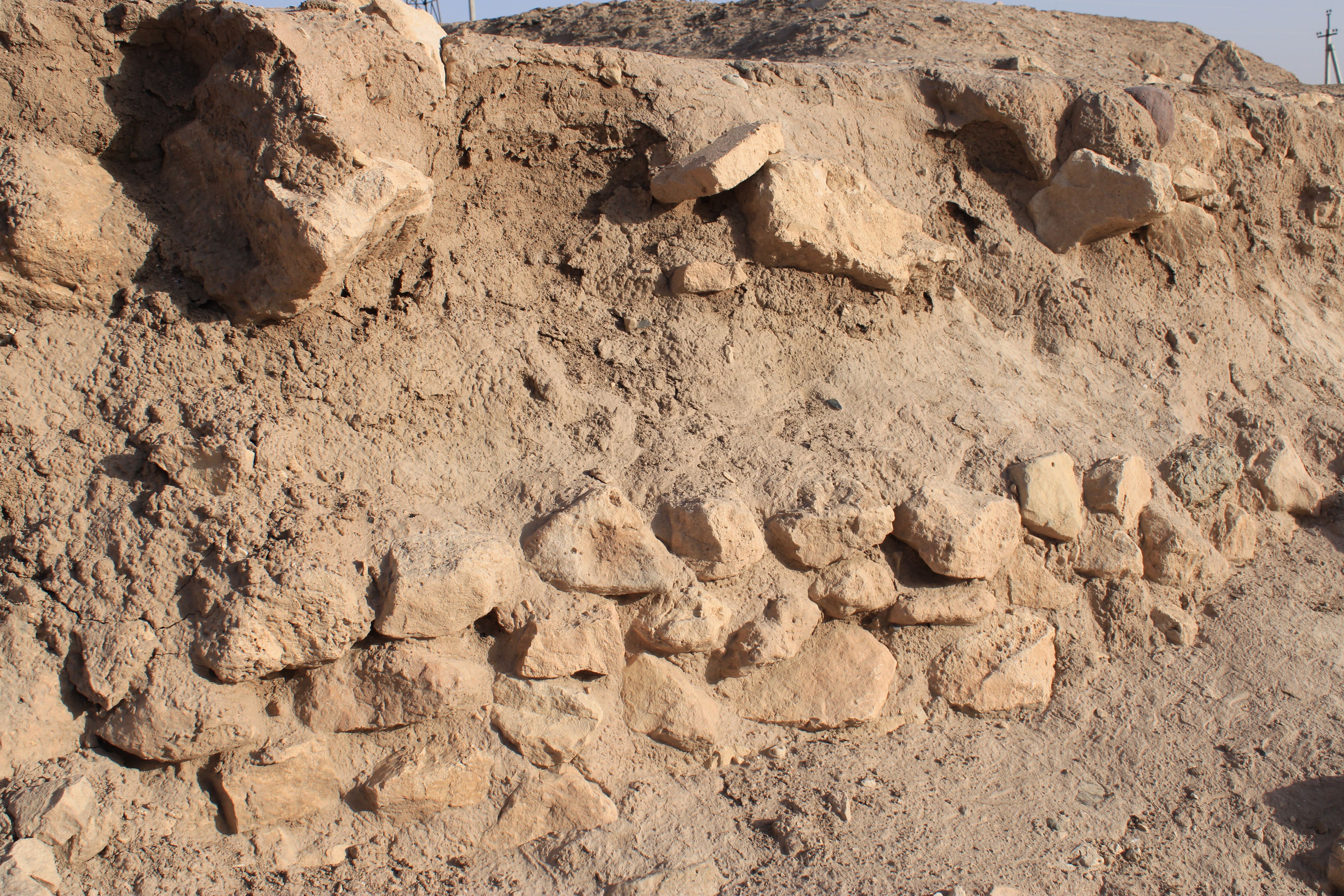
This city was founded in a strategic geographical location, and trade route connecting Kunduz (present Afghanistan) to the oasis of Qubodiyon. A Silk Road caravan route coming from Takhti Qubod another fortress in the vicinity followed Kafirnihon river connected the oasis with the Hissar valley and went further in the north-eastern direction to China. Takhti Sangin was located at the place where the rivers and the mountain provided natural defenses. This town flourished as an administrative, trade, and worship centre with a beautiful Zoroastrian temple in the Achaemenid period. It is assumed that the Kushans seizure the area in the year 130 BC and gradually destroyed during the site.
Arcitecture of the Site
There was a strongly fortified citadel in this ancient town. The excavations inside the citated revealed a monument of Temple of Oxus. The temple was built in the III century B.C. and was used until the III-IV centuries. Most of the historians put forward an idea that this palace was built for the God of Vakhsh-Oshkho’s river. A four-columned White Hall existed within the temple. Its walls were 5 meters high. The White Hall was surrounded with corridors from south, west and north. The entrance of the White Hall was on the eastern side. The White House was flanked on both sides by symmetrical rooms (ateshgah), fireplace. The sacred fire was kept in the White Hall and the portico. Several stone altars which were made according to the Hellenistic tradition.
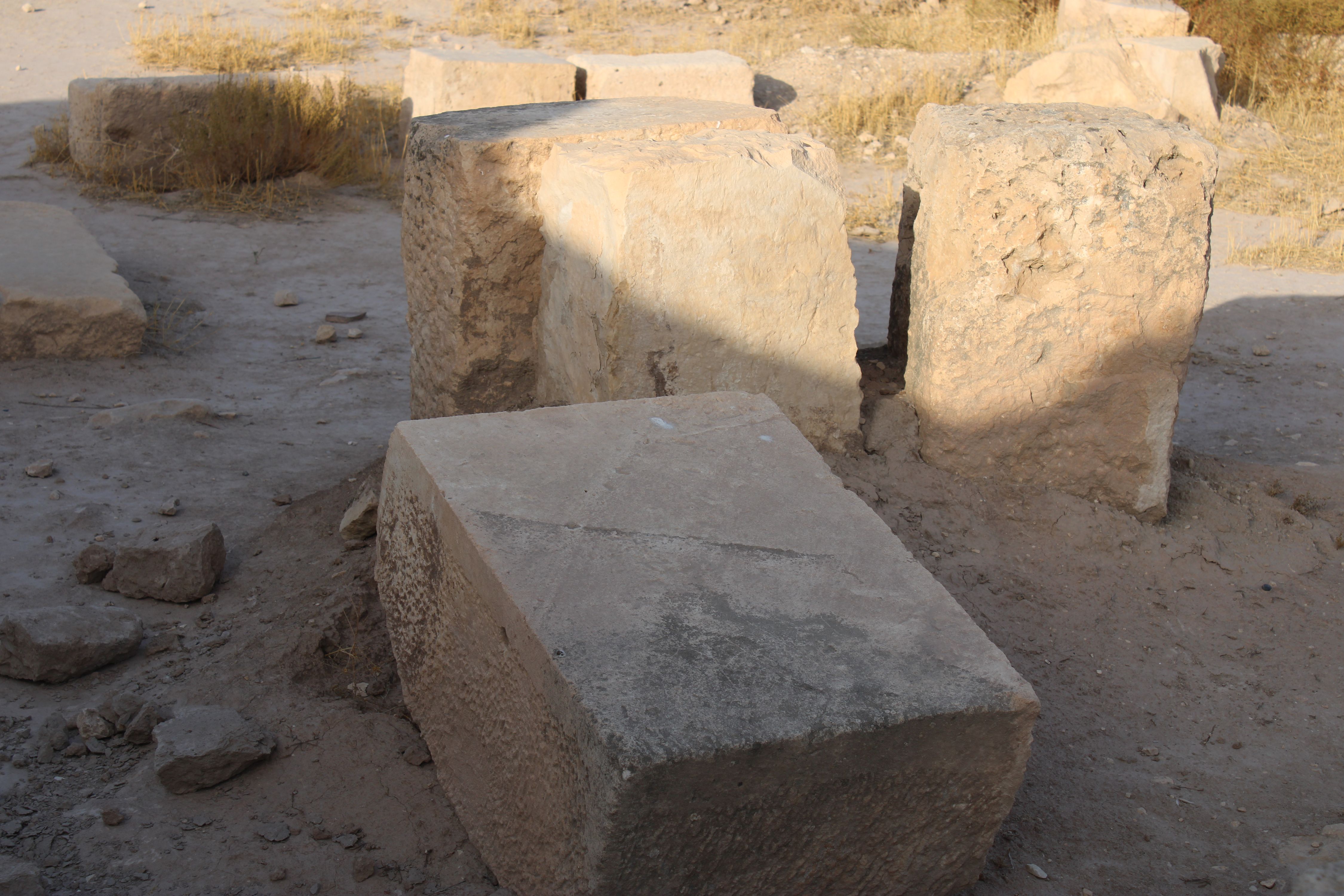
There was a portico with two rows of columns, in front of the entrance. The portico was surrouned with rooms from the south and the north. One of these rooms had an entrance to the aiwan (summerhouse). A temple yard existedon the eastern side of the portico. Later the portico was separated with the thick brick walls. The columns of the temple were six meters high and based on the stepped pedestals and resembled to the columns in the beautiful cities in the ancient Athens. The high columns of the temple were decorated and there were statues fixed on special pedestals. Fragments of sculptures found in the temple once adorned the building and its treasury. Some sculpture such Marsya playing the flute deserve special attention. A Bactrian named Atrosok (whose name translates as “burning with sacred fire”) ruled the place the II century BC and left an inscription in Greek one of the stone, which means, ‘by a vow Atrosok dedicated himself to Oxus’.
Gallery
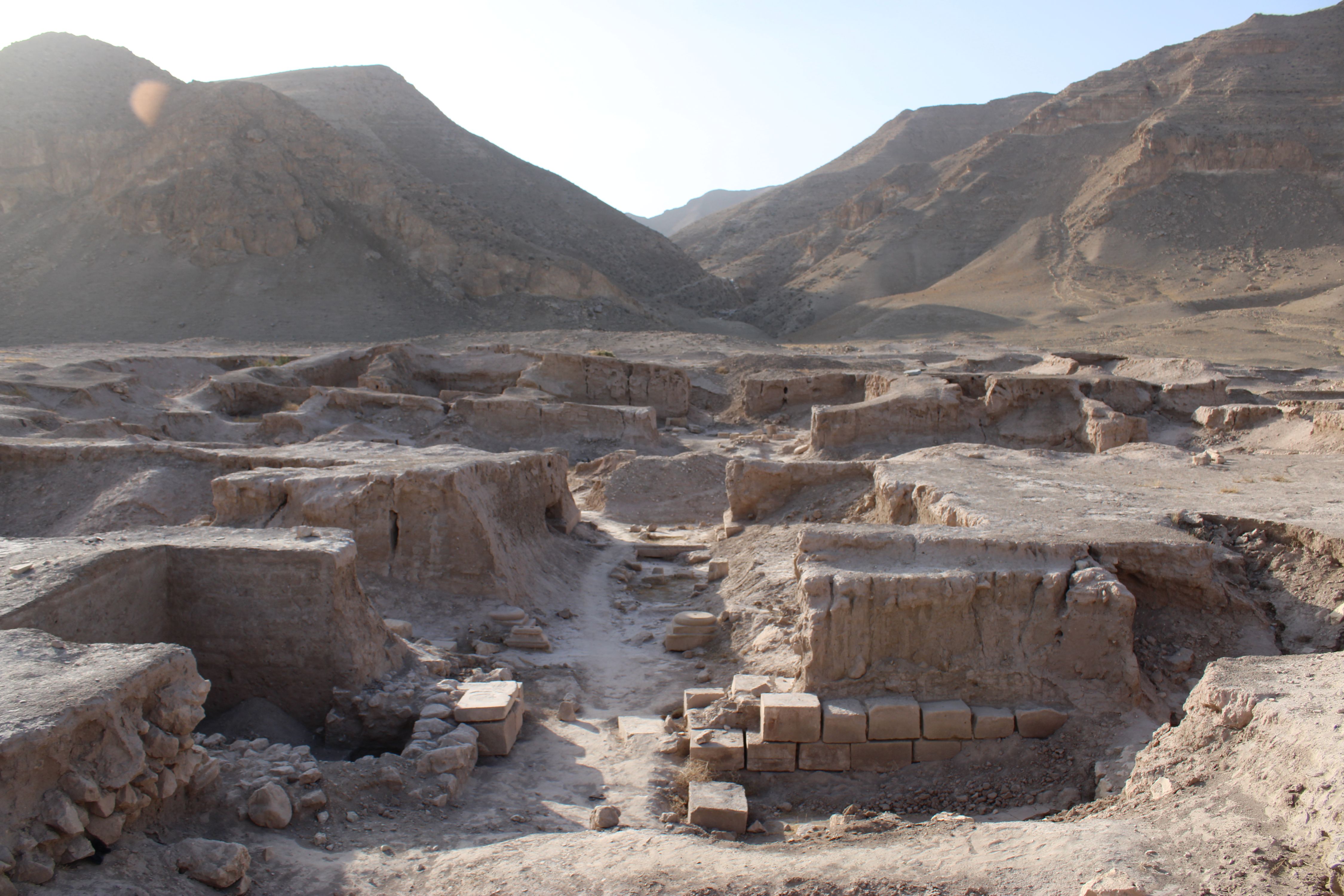
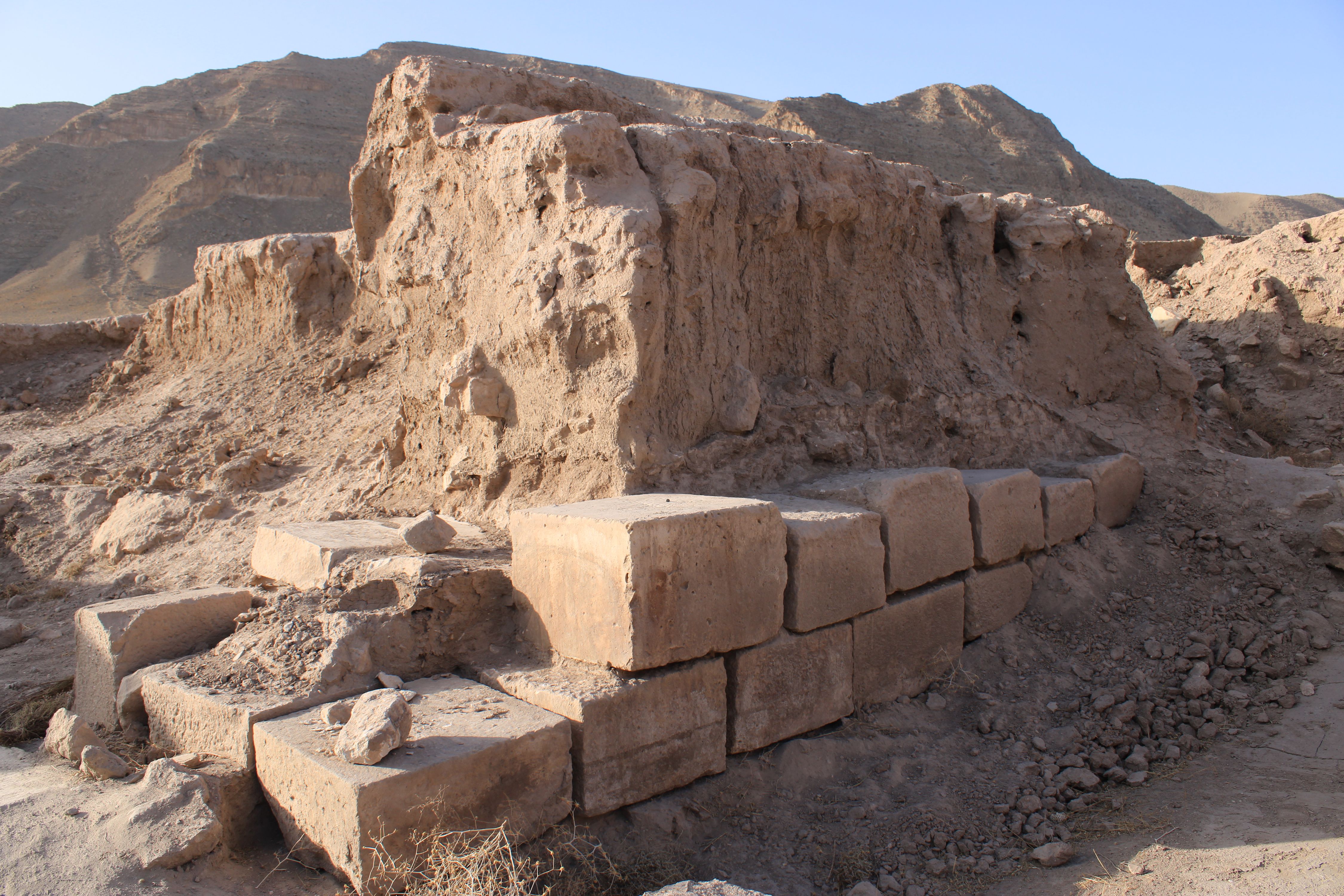
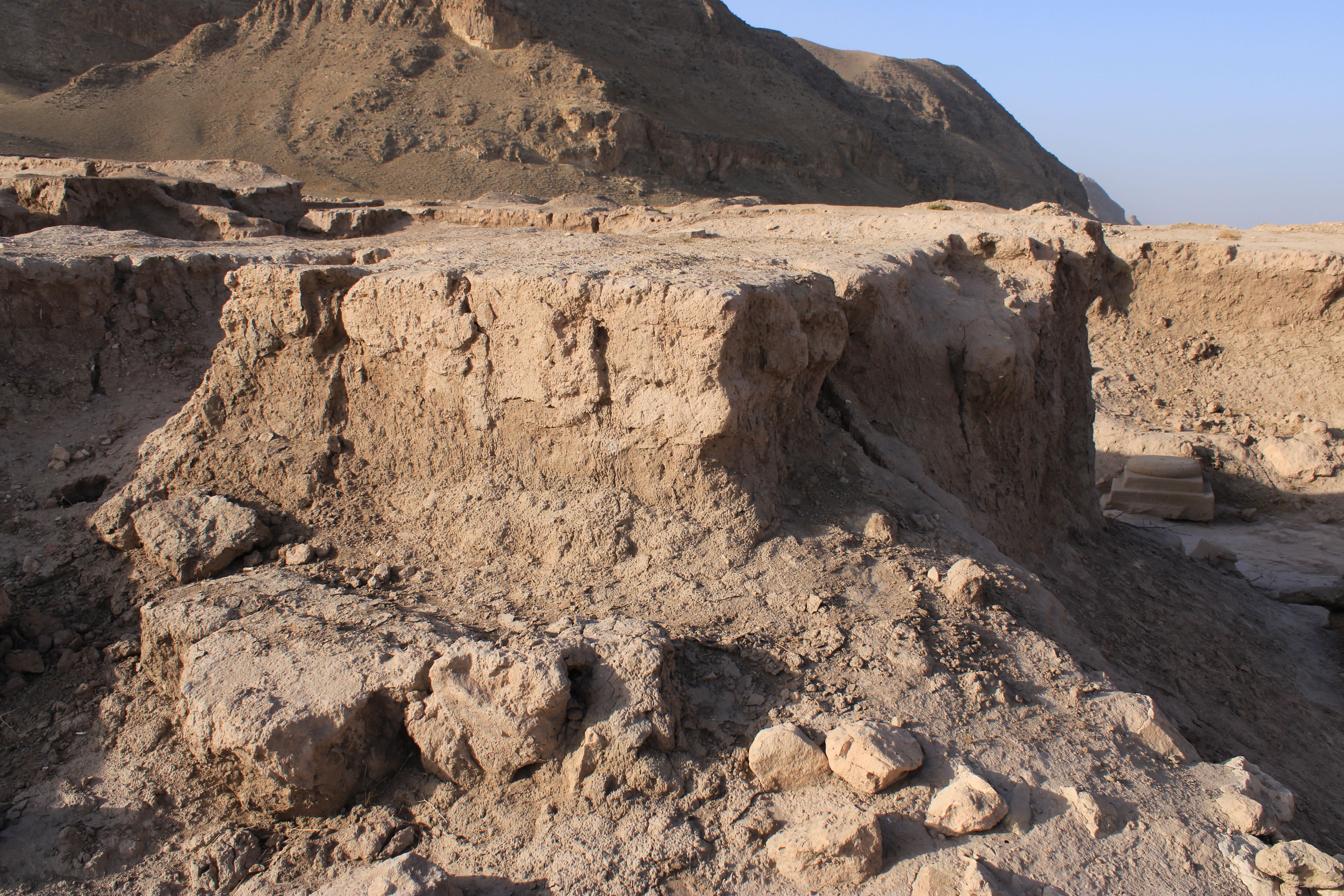
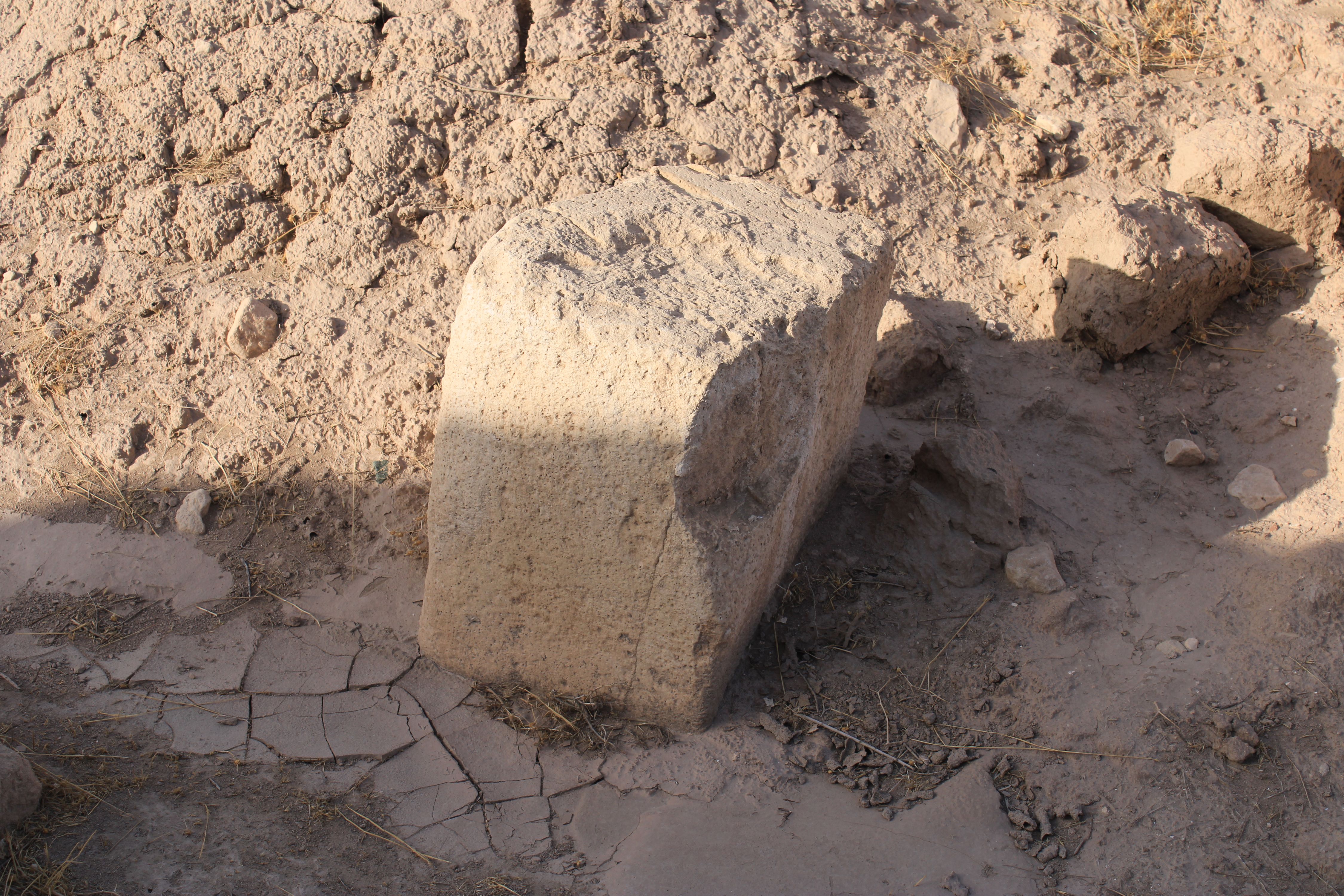
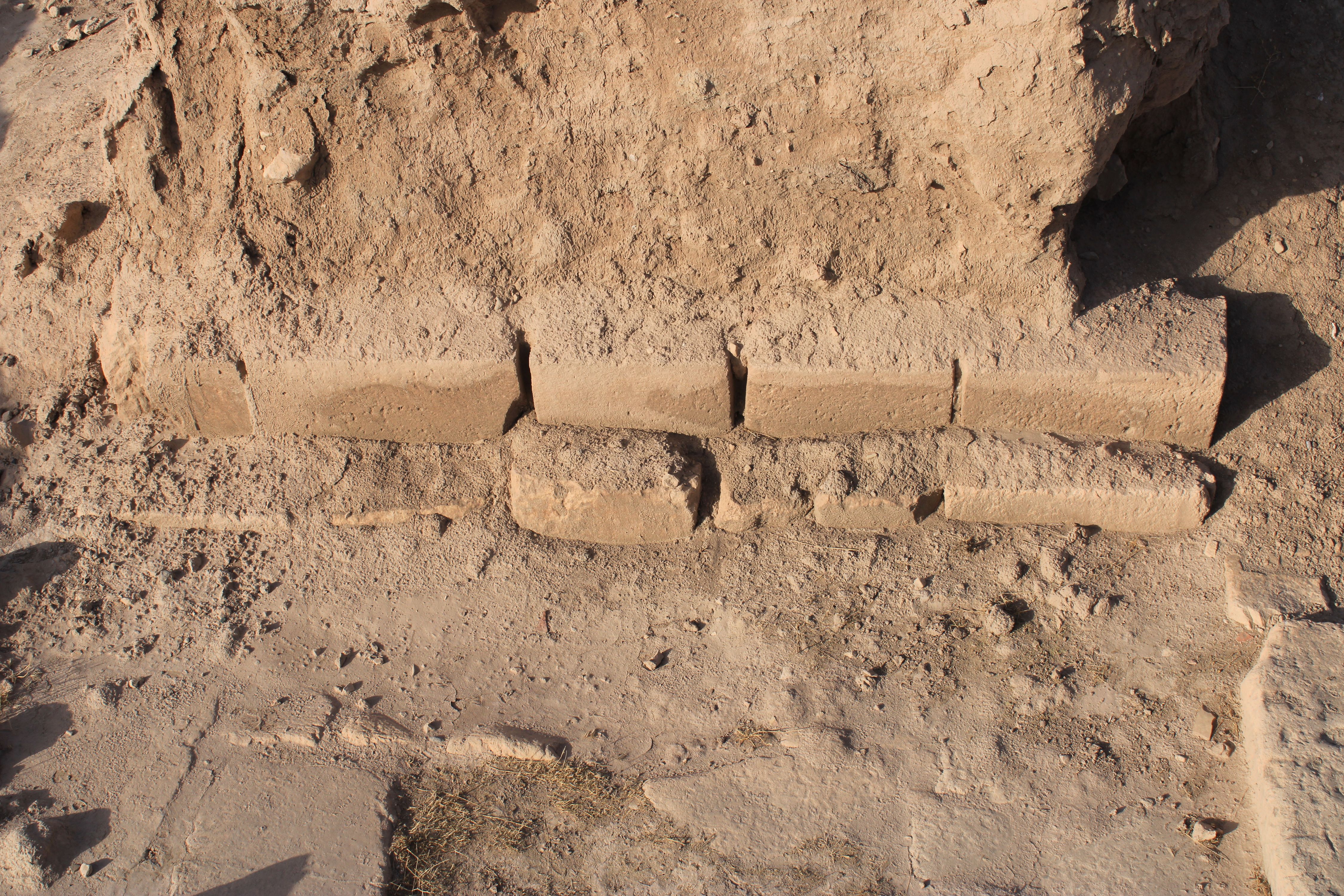
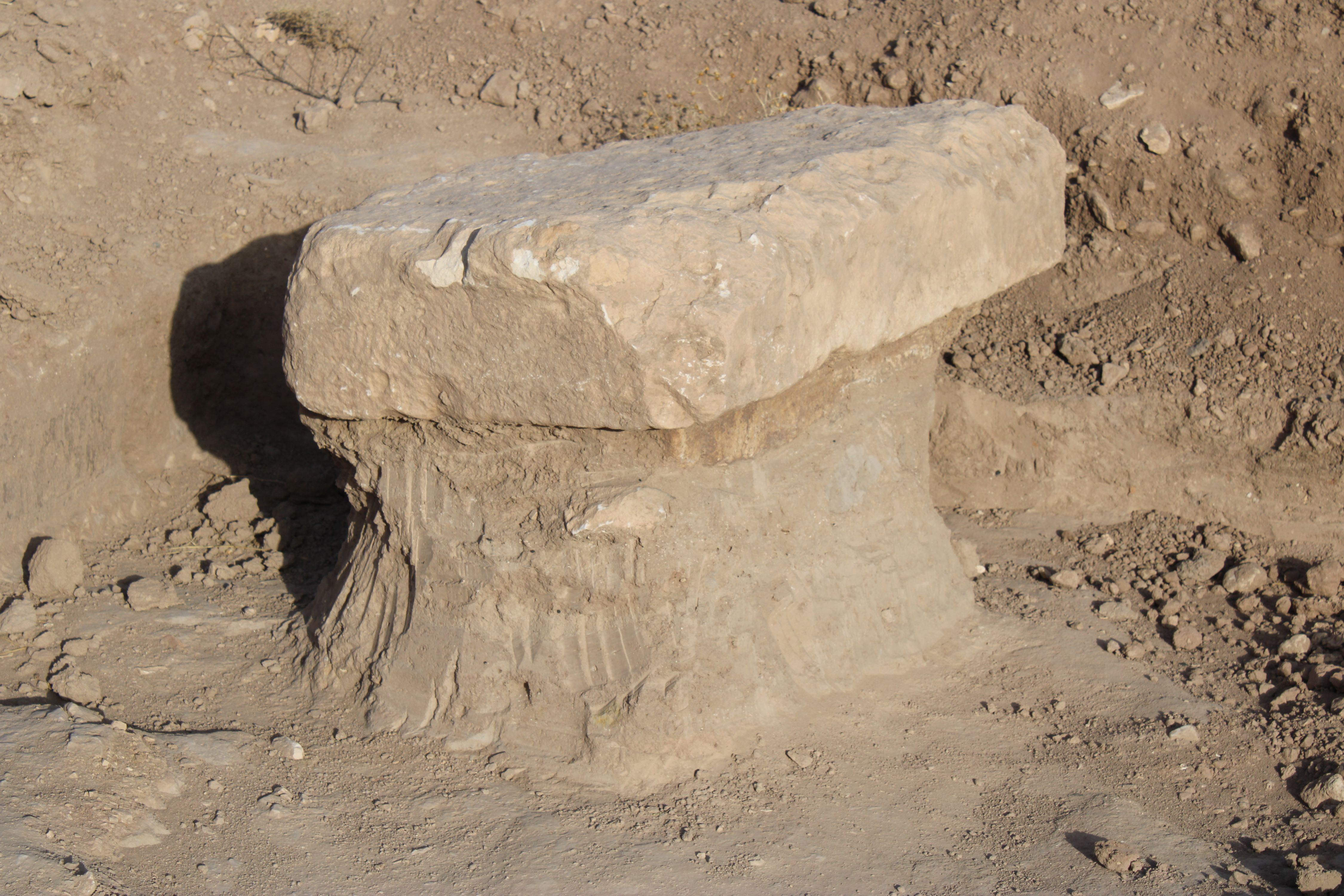
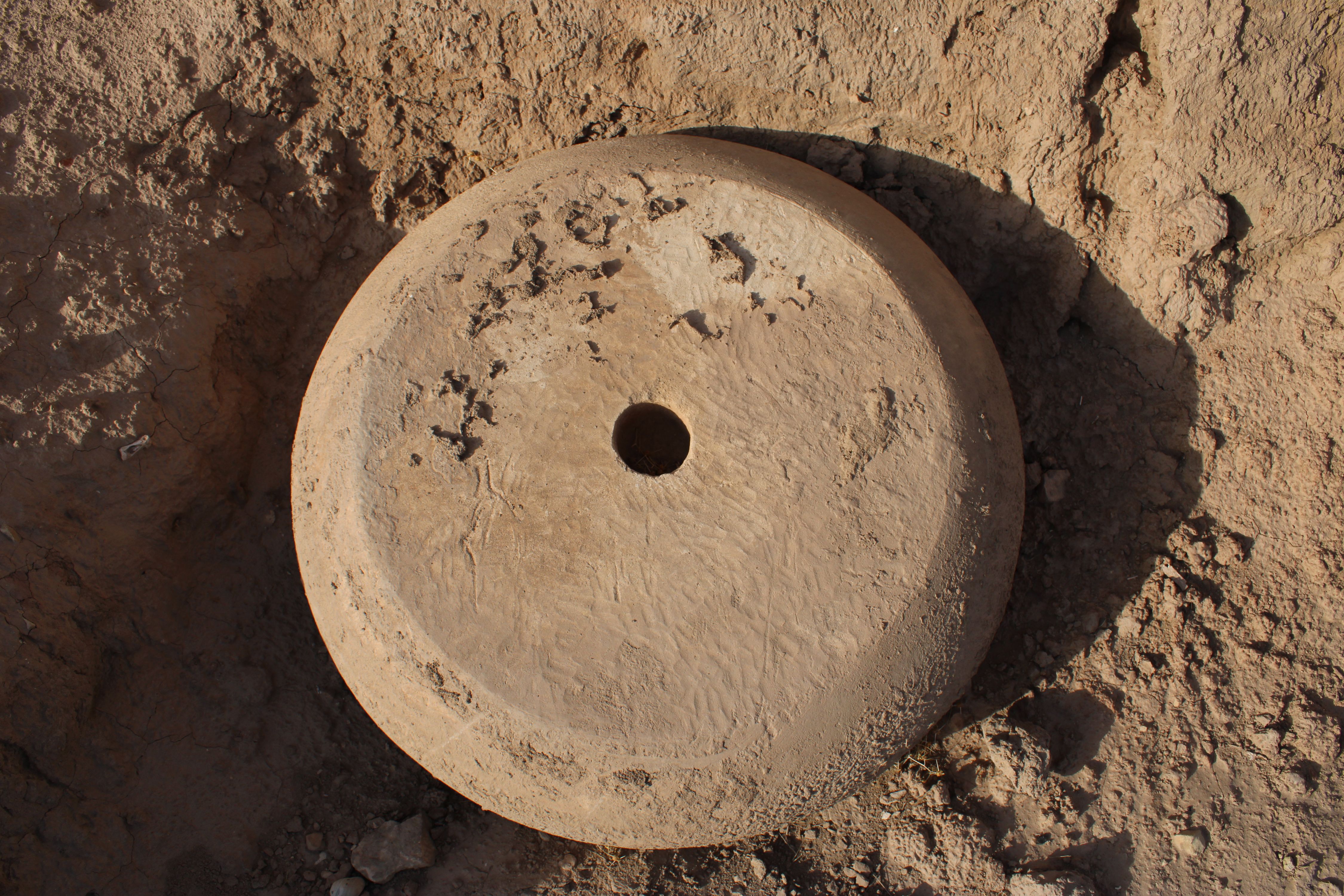
Travelling to the Site
The site can be reached by hitchhike or taxi from Qabodiyon. It can be also easily reached by a taxi from Shahritus. The main travel route to the site is the automobile road linking Bokhtar to Qubodiyon. Qubodiyon is one of the best destinations for beaches and for religious tourism, for excavations. The best and interesting trip Takhti Sangin would be a tour from Dushanbe to Bokhtar tto Shahrituz, and Qabodiyon district. The short description of this route would Dushanbe -Bokhtar – Shahrituz (Chiluchor Chashma). After having a rest in this spring visitor can take the route to Takhti Sangin. From this ancient city they can transfer and take a route of Shahritus – Sayod, where the Khoja Mashad complex is located. From Khoja Mashad they can travel through Sharitus – Qabodiyon -Bokhtar – Dushanbe.














